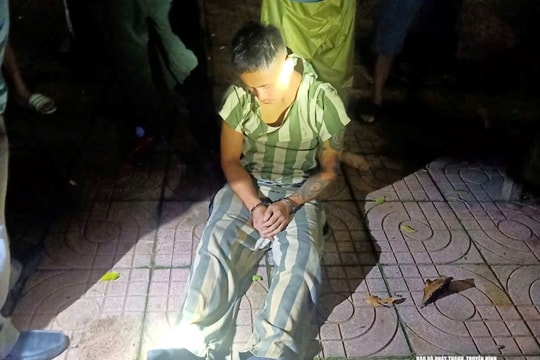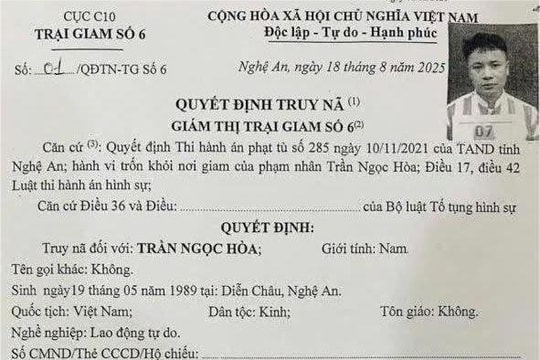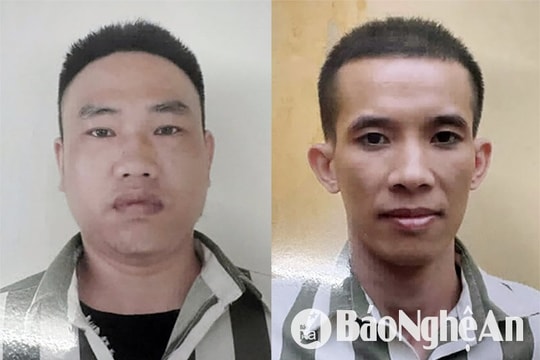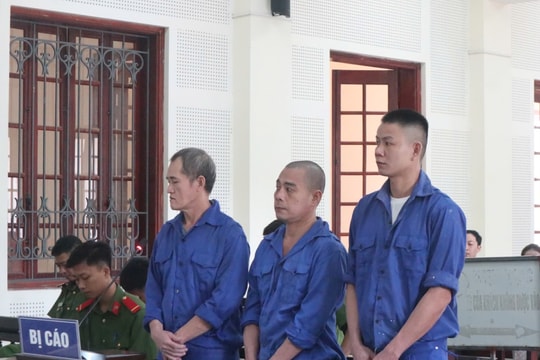Inside the CIA's sleep deprivation cell in Afghanistan
There are CIA cells in Afghanistan where prisoners are not allowed to sleep, are handcuffed, and forced to go shirtless in sub-zero temperatures.
 |
Prisoner Gul Rahman. Photo: AP. |
The prison has 20 cells, each a separate block of concrete. In 16 of the cells, prisoners are chained by the feet to iron shackles fixed to the wall. In four other cells, prisoners are forced to stand, their wrists chained to a bar above their heads, preventing them from sleeping. Those in regular cells use plastic buckets to relieve themselves. Those in special cells must wear diapers. The cells are unheated, and are always dark day and night, with music playing incessantly.
“The atmosphere was good,” John “Bruce” Jessen told a CIA investigator in January 2013, two months after he interrogated a prisoner named Gul Rahman at the prison. “Terrible, but safe.”
Jessen, one of two psychologists who developed the CIA's "enhanced interrogation techniques," spent 10 days at a secret prison near Kabul, Afghanistan, in November 2002. Five days after he left, Rahman was discovereddied in his cell from hypothermia,half naked, chained to the cold concrete floor.
In August, Gul Rahman's family, along with Mohamed Ben Soud and Suleiman Abdullah Salim, two survivors of a secret CIA prison in Afghanistan, reached an out-of-court settlement in a lawsuit seeking damages from psychologists Jessen and James Mitchell for torture.
By settling the case out of court, Mitchell and Jessen avoided a public trial that could have shed light on what really happened to prisoners inside the prison codenamed Cobalt in Afghanistan.
However, many details in 274 documents that the CIA and the Pentagon were forced to declassify and release during the pre-trial evidence collection period have painted a full picture of what prisoners endured in the "secret CIA dungeon", according to the Guardian.
Breaking the spirit
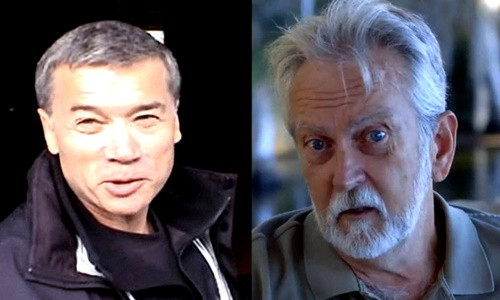 |
John "Bruce" Jessen (left) and James Mitchell. Photo: AP. |
The most revealing of these documents is a report sent by investigators to CIA Deputy Director of Operations James Pavitt on January 28, 2003, about Gul Rahman’s death. In 32 pages of documents, as well as notes from interviews with Jessen and a young CIA officer assigned to run the prison, investigators describe the decisions that contributed to the death of a prisoner just 69 days after the prison opened.
The prison opened in September 2002 and was full in less than a month. The cells were designed to isolate the inmates' senses. But the prison manager himself interfered with the established procedures. It was he who came up with the idea of playing music continuously in the cells.
"As for turning off the lights in the room, it was still the decision of the management," investigators said. According to the interrogation notes, there was a switch that controlled all the lights in the cells and "given the choice of leaving it on or off all day, he chose the latter."
The name of the prison administrator was redacted from the public documents in the lawsuit, but in a footnote to the report to the US Congress, he was identified as Matthew Zirbel. He had no experience running a prison and, three days after arriving at Cobalt, he still had no idea he would be managing the place.
Previous discoveries shed light on many of Zirbel’s actions during Rahman’s captivity. But the new documents suggest that Rahman might still be alive if Jessen had not come to Cobalt and questioned him in person.
Jessen, who interrogated Rahman six times over a two-week period, and Mitchell, who met Rahman exactly once, claimed they were only trying to ease the harsh conditions of detention Rahman was subjected to.
But according to investigators' notes, it was Jessen who argued with CIA headquarters about whether to use enhanced interrogation techniques on Rahman. It was also Jessen who gave advice when he and Zirbel planned to interrogate Rahman to break his spirit and will to resist.
“He could tell that the prison administration followed all of his suggestions,” notes from investigators read. “Jessen said he was the one who came up with all the tricks.”
Jessen told Zirbel not to believe Rahman when he complained of being cold because Rahman was using a sophisticated al-Qaeda insurgency technique.
According to Jessen, when Rahman "complained about not being able to think because of the cold", "complained about bad conditions" or "complained about human rights violations", these were all resistance tactics "based on health and welfare conditions".
But in a dark, unheated prison, when winter came, Rahman really just felt cold. The cold was so dangerous that within two weeks, Rahman died of hypothermia.
A CIA supervisor who visited Cobalt prison at the time of Rahman's transfer told CIA investigators that "the prison was very cold... He immediately thought of hypothermia when he saw Rahman wearing only socks and a diaper."
In fact, according to prison guards and interpreters, Rahman was practically naked, wearing only diapers, throughout his entire detention.
Jessen was aware of this but dismissed it as a psychological effect. He admitted to investigators that he had "seen Rahman shivering, an early sign of hypothermia" after "applying sensory deprivation techniques by giving Rahman a cold shower."
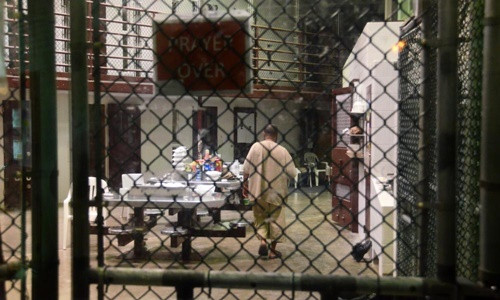 |
Camp 6 at Guantanamo Bay, Cuba. Photo: Guardian. |
Notes from one of Jessen's interrogations read: "Safter the last working session with the officers,Rahman spent days in cold conditions with minimal food and sleep. Rahman appeared to be unacclimatized to some parts of the process."
However, when Jessen left Cobalt around November 14, 2002, he warned Zirbel that in order for Rahman to give up his opposition, similar measures would need to be taken to weaken him.
“It’s not a quick process,” Jessen told investigators during an interview in January 2013. “Rahman is physically strong, so beating him won’t solve anything. You have to weaken him physically and mentally… It takes a month or several months to get him to cooperate.”
Five days later, at around 3 p.m. on November 19, 2002, "Rahman was chained in a sitting position on the concrete floor, his lower body naked," the 2003 investigation noted. Prison staff checked on Rahman four times, at 10 p.m., 11 p.m., 4 a.m., and 8 a.m. During the 4 a.m. cell check, when the outside temperature was -0.56 degrees Celsius, a guard "looked into Rahman's cell and whistled." At 8 a.m., "Rahman sat up, still alive but trembling, his eyes "wide open and blinking."
"It didn't seem unusual for Rahman to be shivering because all the prisoners were shivering," the guard told investigators. Two hours later, a guard looked into the cell and saw Rahman lying on the ground. Knocking on the door with his baton, he found the prisoner not moving. Rahman had frozen stiff.
According to VNE
| RELATED NEWS |
|---|

